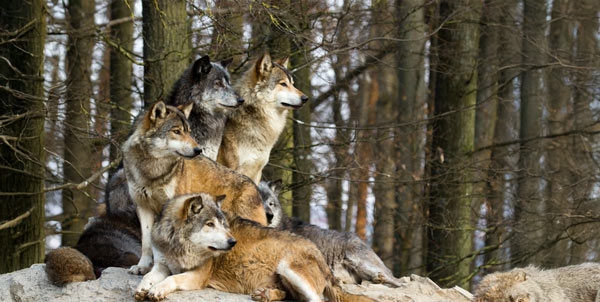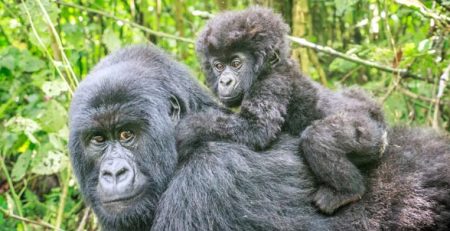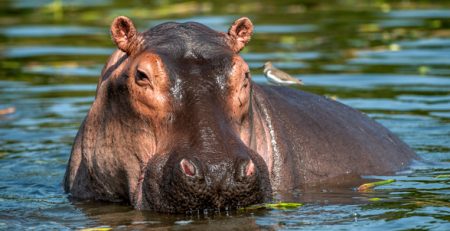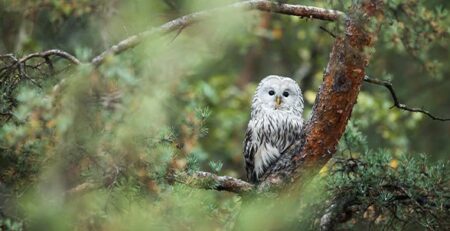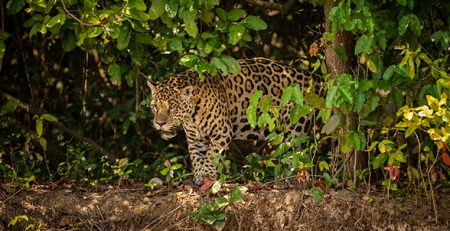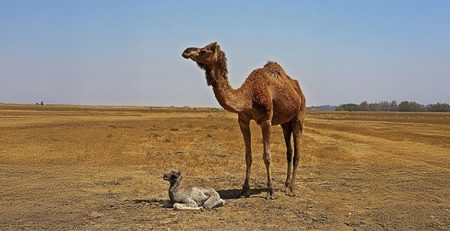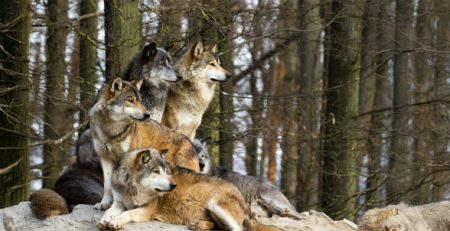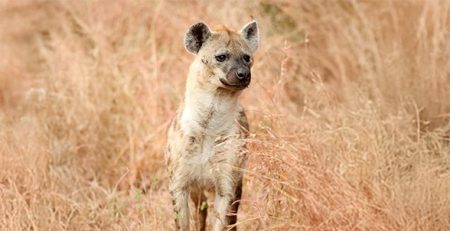It’s time to stop with the story of the big bad wolf.
The fairy tale of the bad wolf mauling livestock and attacking humans is a mystification artfully created to sow panic, create collective hysteria and justify the “sanitizing” interventions of hunters, who are free to point their double guns in the name of wildlife control aimed at limiting the damage caused by wildlife to farming and livestock activities.
All this, to the tune of passing draft “wolf-killing” laws that some northern Italian regions periodically pass and which just as regularly (fortunately for the wolf) are challenged and declared unconstitutional by the Supreme Court.
Unfortunately, demagoguery is a key ingredient in the political communication of populist currents.
EU and international regulations and guidelines to protect the wolf
The current legal framework prohibits the capture and killing, disturbance, possession, transportation, exchange and marketing of wolves (Presidential Decree 357/97 as amended, Art. 8 cc.1 and 2) and requires specific authorization for the importation of live or dead wolf specimens or parts thereof (L. 874/75, Art. 4).
For any scientific trapping of wolves, both a regional authorization (L.157/92, art.4) and an authorization from the Ministry of Environment and Territory Protection (DPR 357/97 as amended, art. 11) are required. Both of these authorizations must be expressed on the basis of an ISPRA opinion.
In order to prevent serious damage to livestock farming, there is the possibility of derogation from the prohibitions of capture or killing upon authorization by the Ministry of the Environment and Territory Protection after consulting ISPRA, provided that there are no other feasible solutions and that the derogation does not jeopardize the maintenance, in a satisfactory state of conservation, of wolf populations (L. 157/92, art. 19 c. 2; Presidential Decree 357/97 as amended, art.11 c.1);
And finally, the provision of grants for compensation and damage prevention, both by the regions and park authorities, is contemplated to be in accordance with current European regulations on state aid to the agricultural and forestry sectors.
Information on the wolf in Italy: population estimate
The estimated size of the alpine population is obtained from the surveys of the LIFE WOLFALPS which uses a methodology centered on surveying the presence of herds and breeding pairs.
The estimate for 2015 was 23 herds of which 18 were entirely in Piedmont, 3 between Piedmont-Liguria, 1 between Piedmont-Valle d’Aosta, and 1 between Veneto-Province of Trento (Lessinia).
Of these 23 herds, 4 are transboundary with France.
There is currently a wait for an updated estimate whose data will be released by ISPRA (Istituto Superiore per la Protezione e la Ricerca Ambientale) in a few months.
Success in wolf conservation is a function of the degree of acceptance by local communities and public attitudes toward nature and its management.
Wolves are animals that reproduce only once a year; gestation lasts about 63 days as in dogs.
The average litter size is 3-4 pups.
Impossible, therefore, their exponential growth.
The wolf population grows with the formation of new packs in territories unoccupied by others, but at the local level there is always only one pack, whose numbers of individuals remain stable.
In fact, once a wolf pack becomes established in an area, it occupies an exclusive territory and forms an annually self-regulating family unit consisting of the parents and their pups.
Young people usually between their first and second years of age leave their place of origin in search of new territories.
The wolf tends to try to avoid humans
Wolves do not consider humans to be prey; they are wary of us and will keep a safe distance if they can.
In most encounters with people they spontaneously walk away.
In the case of a direct sighting, it is important to have a proper approach by avoiding disturbance as normally indicated for all wildlife.
As with all wild animals, no attempt should be made to interact or interfere, so avoid approaching and leave food sources available to avoid forms of habituation.
The wolf in Western culture
Western culture, dominated by the concept of domination of nature and focused on domestication and cultivation activities, has always placed the wolf in an antagonistic position, difficult to dominate and to be fought through extermination.
This is what happened in the first half of the 19th century, leaving a cultural legacy for subsequent generations that sees the wolf as the protagonist of fanciful and deep-rooted legends about its presence and the negative impact it has.
It is necessary to re-establish the truth about the spread and expansion of the wolf by combating the legends, which are still widespread and deeply rooted.
But above everything else, it is worth noting that like any other creature on Earth, the wolf cannot be persecuted and has the right to:
- Feed itself as its nature dictates
- To live his entire life in dignity
- have safe and inviolate dens
- Reproduce naturally and raise its offspring
The wolf sniffs us out and observes us every day and from the height of its ancestral wisdom, it avoids us because it knows perfectly well that man is the only animal that kills just for the sake of it.
Of course, wolves are not pets, and we can all limit ourselves to observing them in their habitat, but for your dog or cat, our staff is always at your disposal.
We also remind you that Clinica La Veterinaria is always open h24 including holidays and with First Aid service from 8 am to 8 pm.

